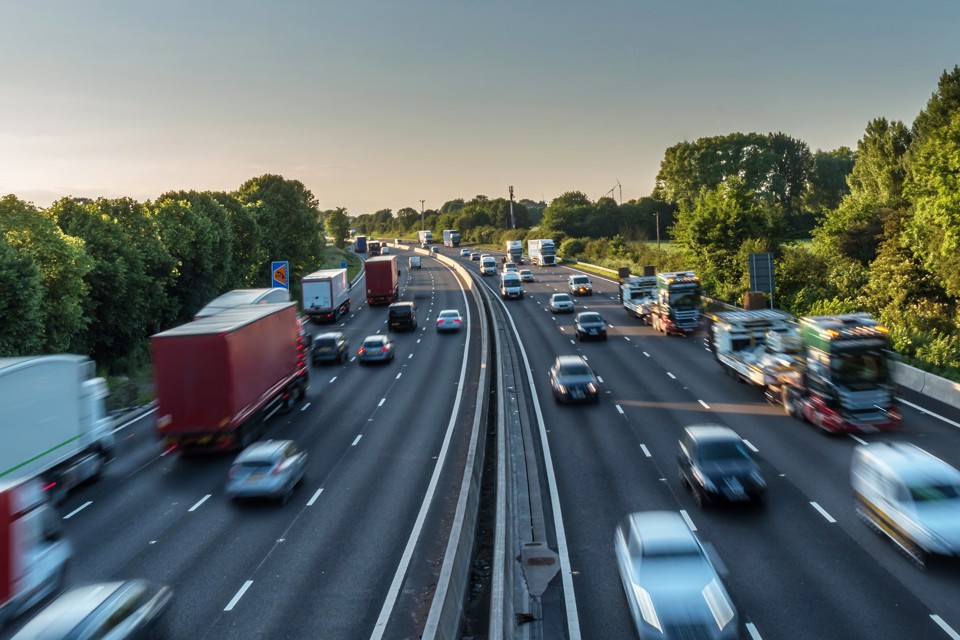The majority (79%) of drivers say they feel intimidated by other motorists while on the road, new research from Aviva suggests.
Published to coincide with Road Safety Week (November 19-25), the study also revealed that this rises to almost nine out of 10 (89%) new drivers or learners aged 17-24.
When looking at why drivers feel intimidated, more than half (51%) reported ‘tailgating’ to be the main cause, followed by being overtaken at high speeds (37%) and undertaken on the inside (27%).
A further one in five (23%) also cite rude gestures and honking aggressively as intimidating behaviours.
Tailgating - deliberately driving too close to the vehicle in front - falls under the careless driving offence meaning that drivers could face a fine and points on their licence.
Although the majority experience intimidation on the road, more than half (62%) of motorists admit to intimidating behaviour themselves.
In fact, one in six (18%) drivers admit to flashing headlights and although well-intentioned in most cases, flashing headlights unnecessarily is against the Highway Code which states: ‘Only flash your headlights to let other road users know that you are there. Do not flash your headlights to convey any other message or intimidate other road users’.
Martin Smith, motor claims manager at Aviva, said: “Tailgating is dangerous, intimidating and can cause accidents, especially during periods of wet weather and icy conditions.
“By keeping a safe distance from the vehicle in front, it enables you to have enough time to stop if necessary and prevent a potential collision.
“It’s equally important to consider the manner in which you use your headlights and horn.
“Though a useful way to warn other road users of your presence, using either too aggressively can be viewed as an ‘intimidating behaviour’ and could potentially land you with a fine, points on your licence and in some instances, a driving ban.”
The top 10 actions/behaviours drivers felt intimidated by
|
Action/behaviour |
Percentage of drivers |
Percentage of drivers who admit to doing this themselves |
|
51% |
7% |
|
37% |
9% |
|
27% |
12% |
|
23% |
16% |
|
23% |
11% |
|
22% |
18% |
|
21% |
9% |
|
20% |
5% |
|
19% |
19% |
|
18% |
7% |
When comparing age groups, the data shows that younger drivers surveyed were most likely to feel worried with a third (33%) of 17-24 year-olds reporting this, compared to almost a quarter (24%) of those aged 65-74.
However, younger generations were the least likely to feel angry (25%) compared to a third of those aged 74-84 (33%) and those aged 65-74 (34%).
These two age groups also reported the highest levels of annoyance at 60% and 61% respectively.
Smith said: “While we can’t control the actions of other drivers, one thing we can control is how we respond to instances of road rage and intimidation.
“Try to keep calm, ignore them and if another driver is too close for comfort, consider letting them past – it pays to be cautious when encountering unpredictable drivers on the roads.
“Most intimidation is momentary, however if it persists and you are in a position to safely and legally do so, call the police for assistance.”





















Login to comment
Comments
No comments have been made yet.